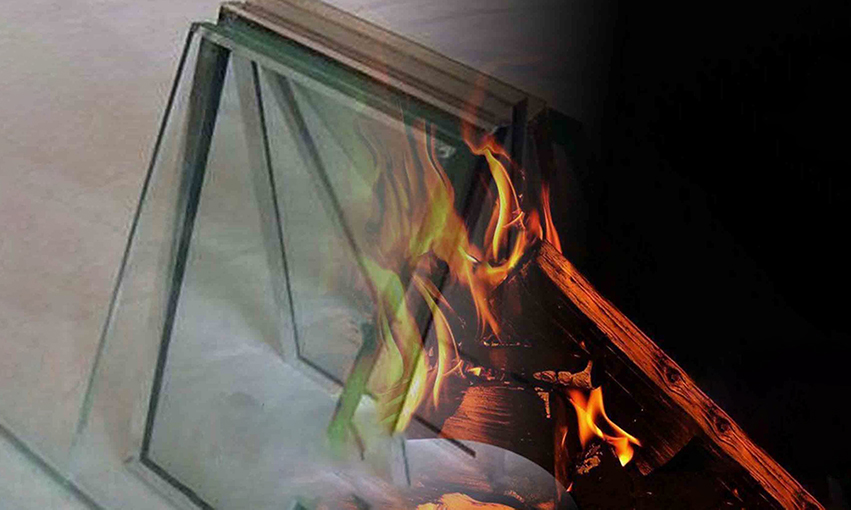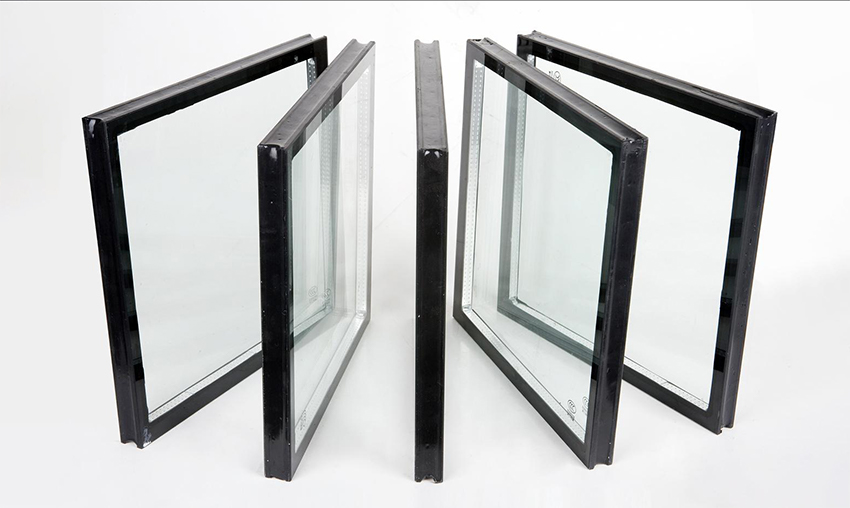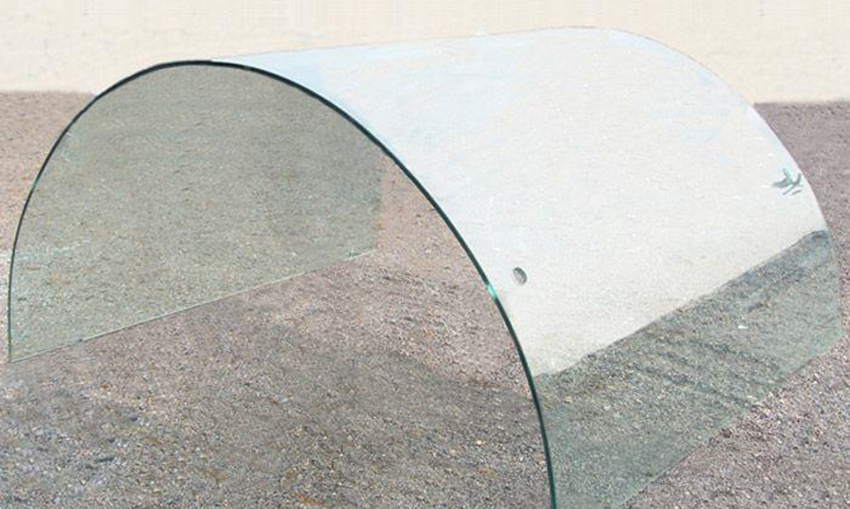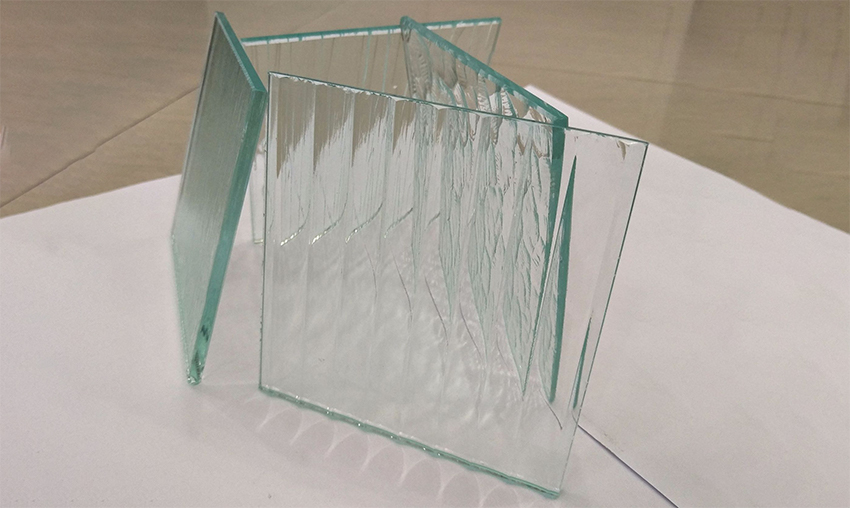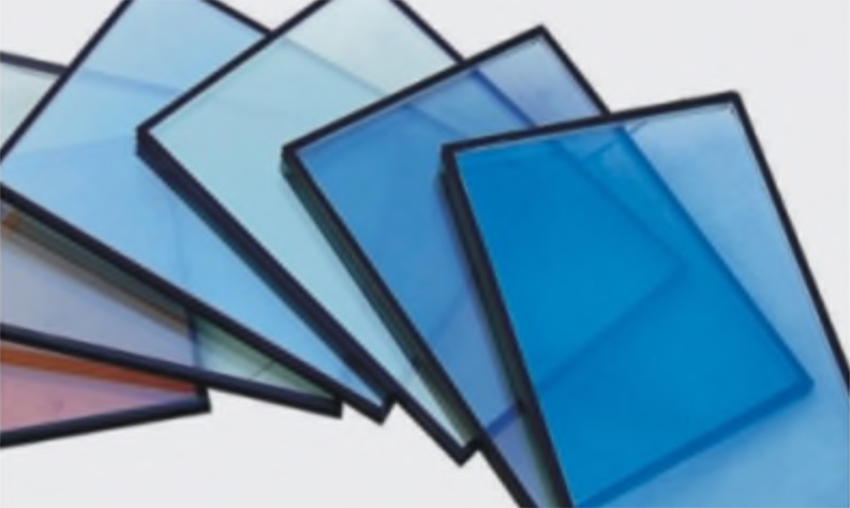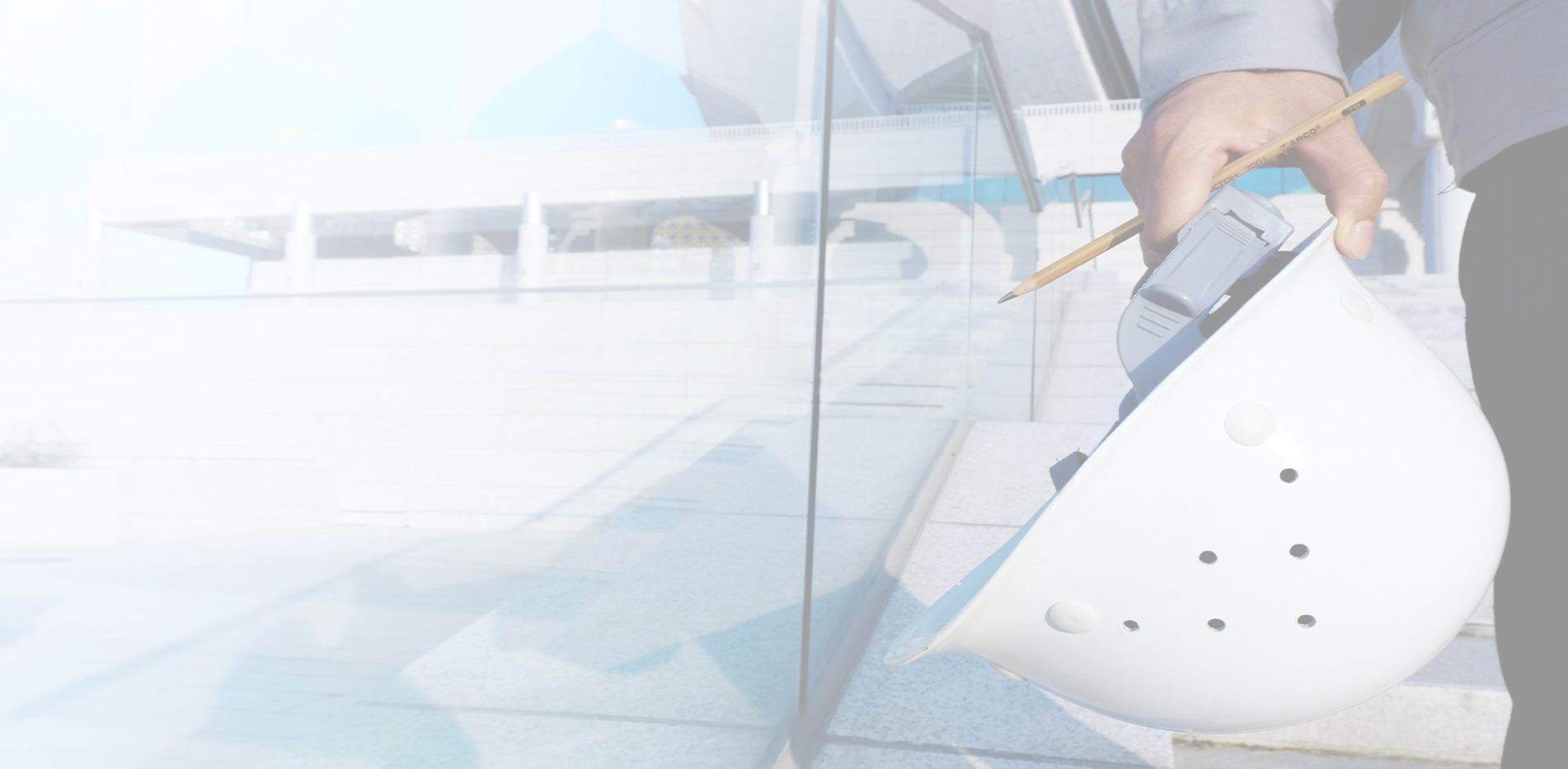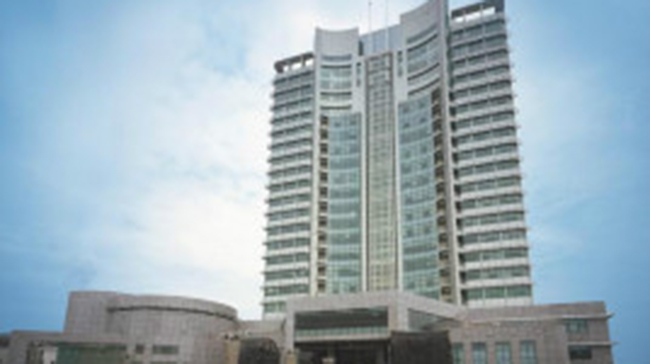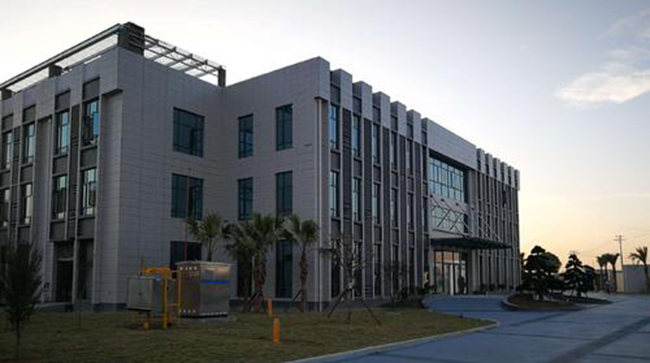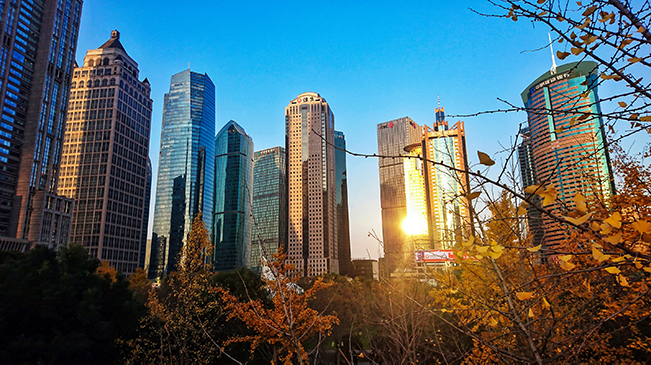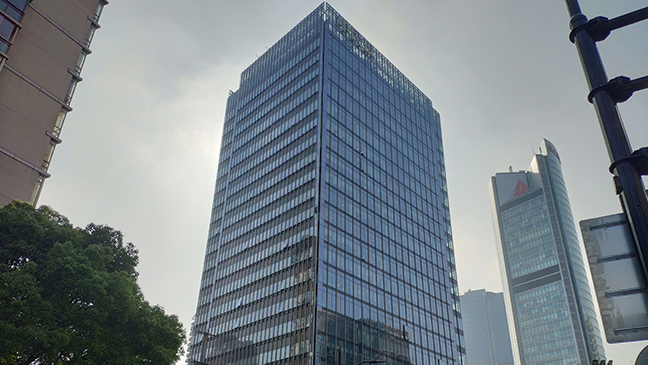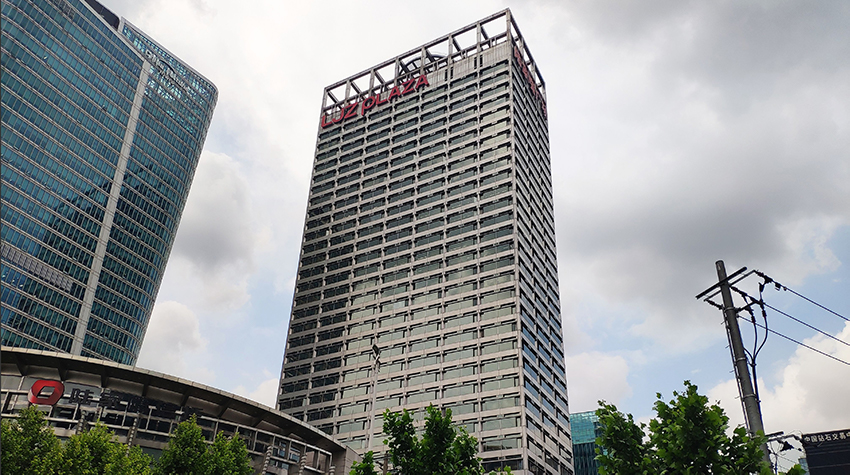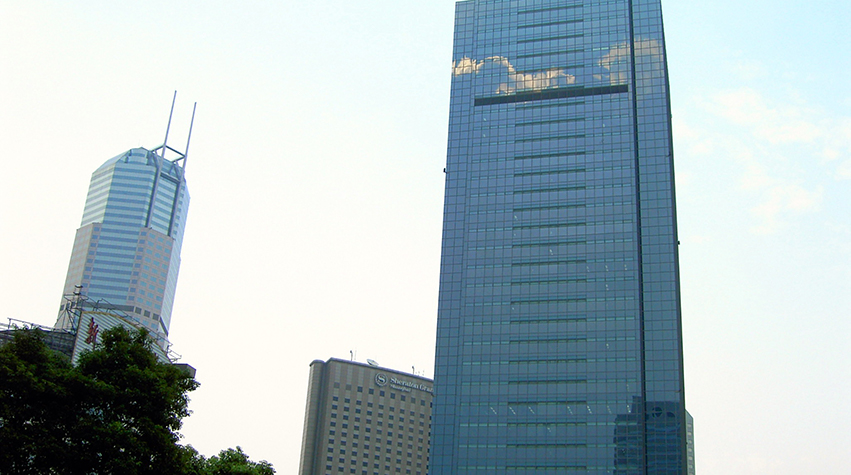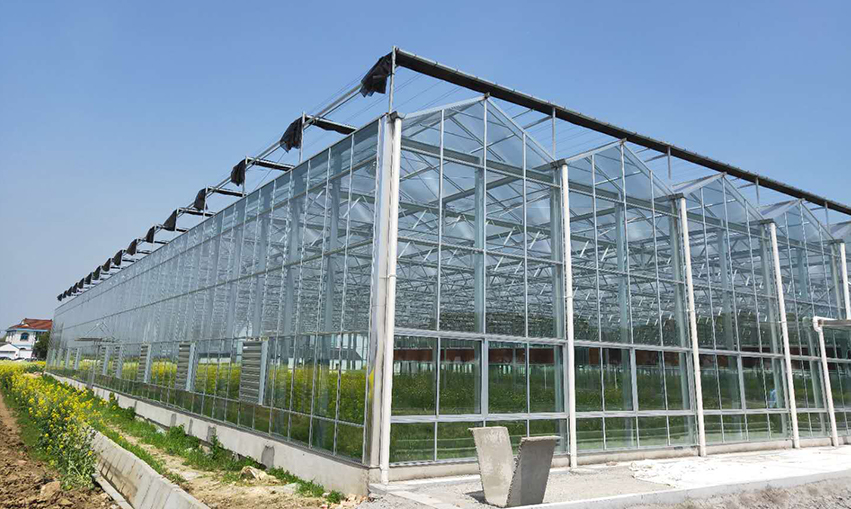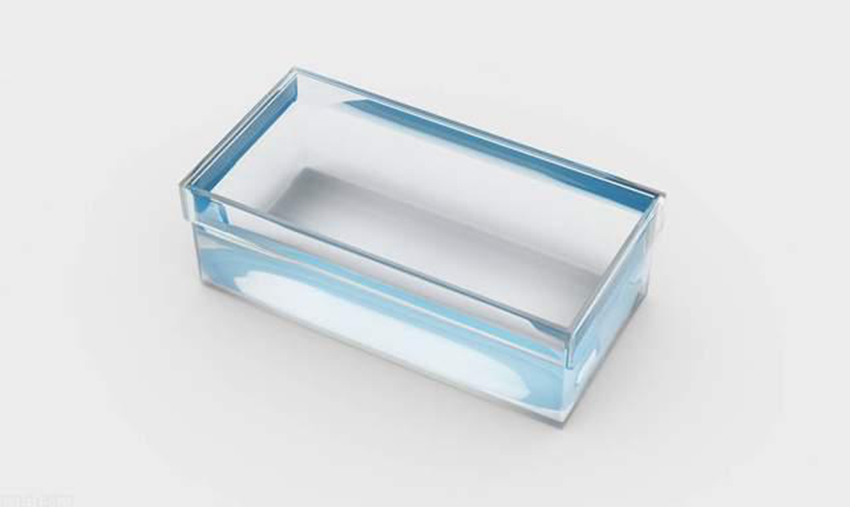Yixin . Industrial glass supplier
"Yixin" is mainly engaged in the production and processing of architectural and industrial glass. Its products include Low-E low radiation coated glass, toughened glass, bent toughened glass, insulating glass, laminated glass, hot bent glass, fireproof glass, bulletproof glass, silver mirror and decorative glass, and undertake all kinds of glass installation business.
At the same time, it processes and produces all kinds of industrial glass, such as glass for refrigerator, microwave oven, disinfection cabinet, glass panel for stove and solar glass. The products are mainly used for interior and exterior wall decoration of buildings, furniture and supporting panels of various electrical appliances, etc.







